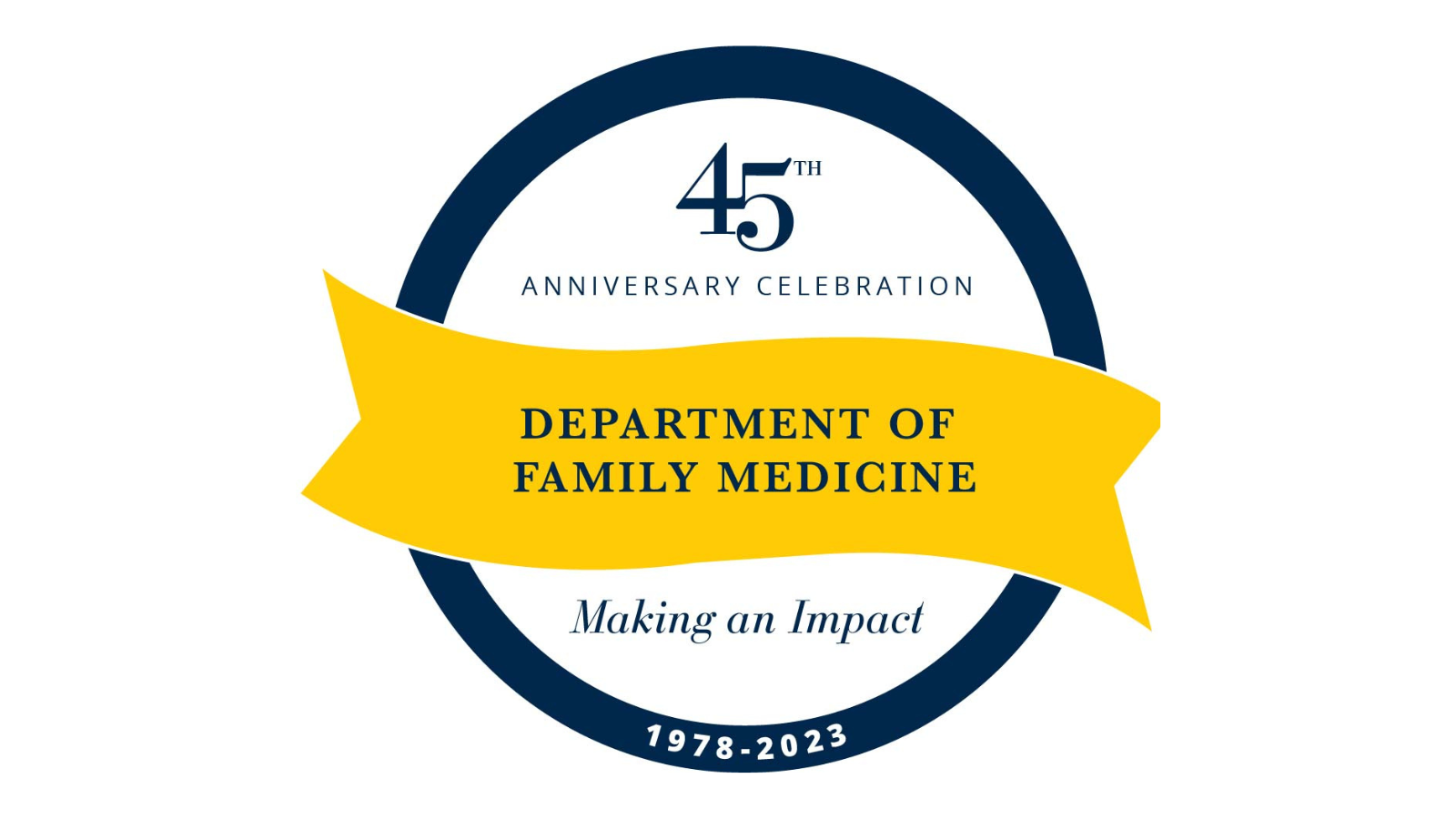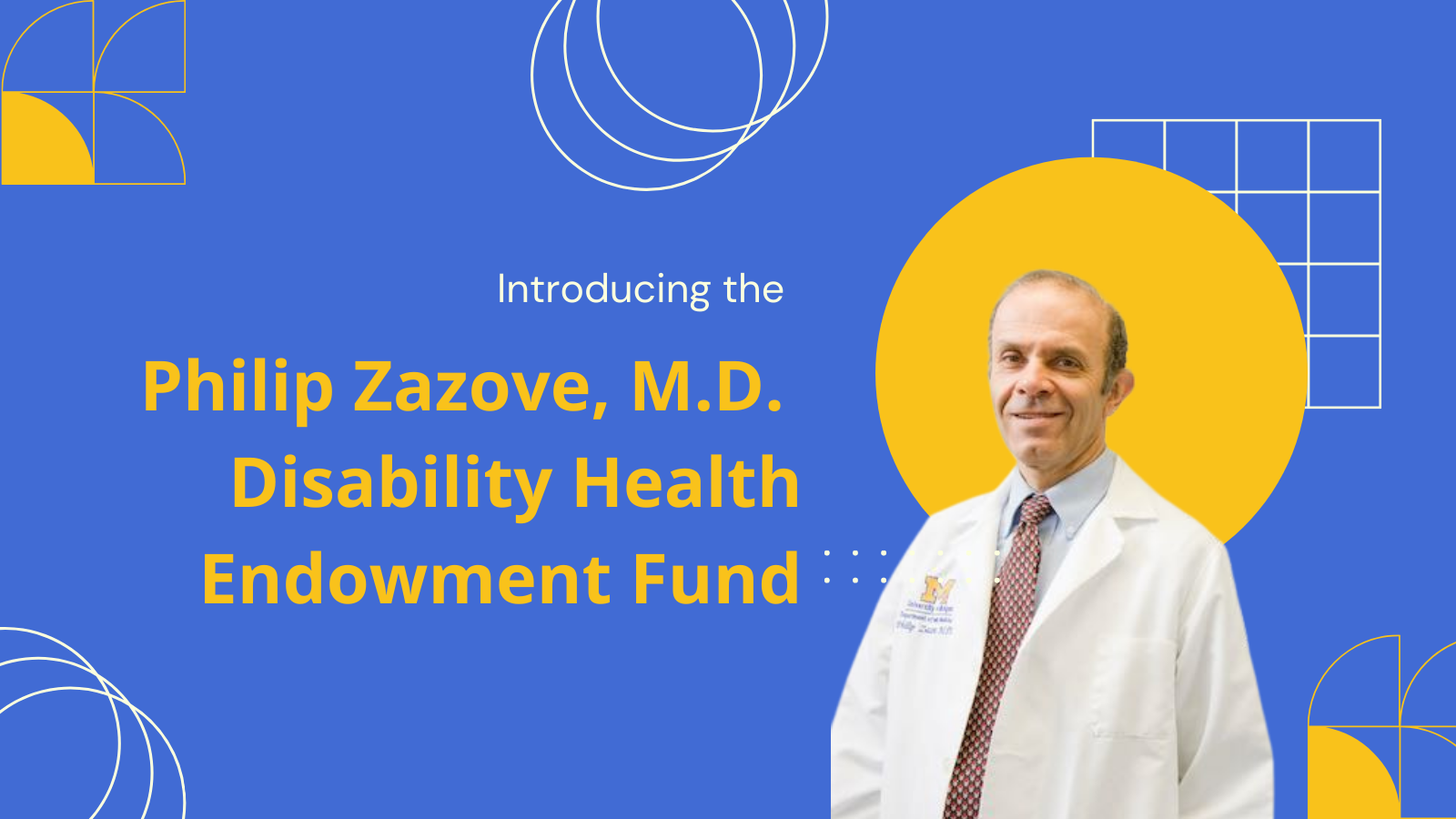
Golfo Tzilos Wernette, Ph.D., assistant professor and adolescent health researcher, is leading an RO1 research study that will develop and test a tailored, brief intervention to reduce risky health behaviors, like unprotected sex and drug and alcohol use, among pregnant adolescent girls.
The study, called Health Check-Up for Expectant Moms (HCEM) seeks to reduce sexually transmitted infections and drug and alcohol use—and it is novel in its efforts to tailor a technology-enabled behavior change intervention to the unique experiences of young pregnant moms.
Behaviors like unprotected sex and drug use are sensitive to discuss in patient-provider encounters. The myriad of social and environmental factors associated with such risky behaviors can make screening and deterrence a challenge.
A recent paper led by Tzilos Wernette and published in the Journal of Pediatric Adolescent Gynecology dived deeper into some of the social and psychological factors associated with one of the most common risky behaviors: marijuana use.
Previous data has been collected and synthesized that look at the demographic, social, and psychological risk factors for marijuana use among youth; however, this study was unique in its focus on pregnant and nonpregnant adolescent girls.
The study found that adolescent girls who used marijuana more frequently within the past 3-month period were more likely to be pregnant, to also use alcohol, to engage in condomless sex. They were also less likely to report positive peer influences and parental monitoring and more likely to have parents who also use marijuana. Frequency of marijuana use was also associated with depression and anxiety symptoms and lower involvement in school, community, or religious activities,
The study population consisted of 646 pregnant and non pregnant adolescent girls between the ages of 12 and 18 (with an average age of 14.6) who received primary care at seven federally funded community health centers in urban areas in the American Midwest. Participants completed a 10-minute computerized screening survey to determine eligibility.
The participants included adolescent girls who screened positive for marijuana use in the past year as well as a random sample of adolescent girls who had not used marijuana in the past year.
The findings from this analysis helps to build a risk profile for adolescent girls and marijuana use. This profile may help clinicians tailor interventions that consider inter-related factors—including safe sex, alcohol use, and mental health. The authors conclude that “screening and intervention approaches for marijuana use among adolescent girls should address individual, relationship, and community factors to prevent unwanted pregnancy and STIs, as well as to reduce marijuana use during pregnancy.”
SEE ALSO: New Research Funding: Dr. Golfo K. Tzilos Wernette receives R01 grant
The study’s authors were: Tzilos Wernette; Erin E. Bonar Ph.D., assistant professor and director of clinical programs at the University of Michigan Addiction Treatment Services; Frederic C. Blow, Ph.D., professor and director of the Addiction Center and director of the Substance Abuse Program at the University of Michigan; and Maureen A. Walton, M.P.H., Ph.D., professor of psychiatry and associate director for child research at the University of Michigan Addiction Center.
Article Citation: Tzilos Wernette G, Bonar E, Blow FC, Walton MA. Psychosocial Correlates of Marijuana Use Among Pregnant and Nonpregnant Adolescent Girls. Journal of Pediatric and Adolescent Gynecology. 2018; 31(5):490–493. DOI: 10.1016/j.jpag.2018.04.006
Browse the latest work on preventive medicine and reproductive and women's health from the department of family medicine.


